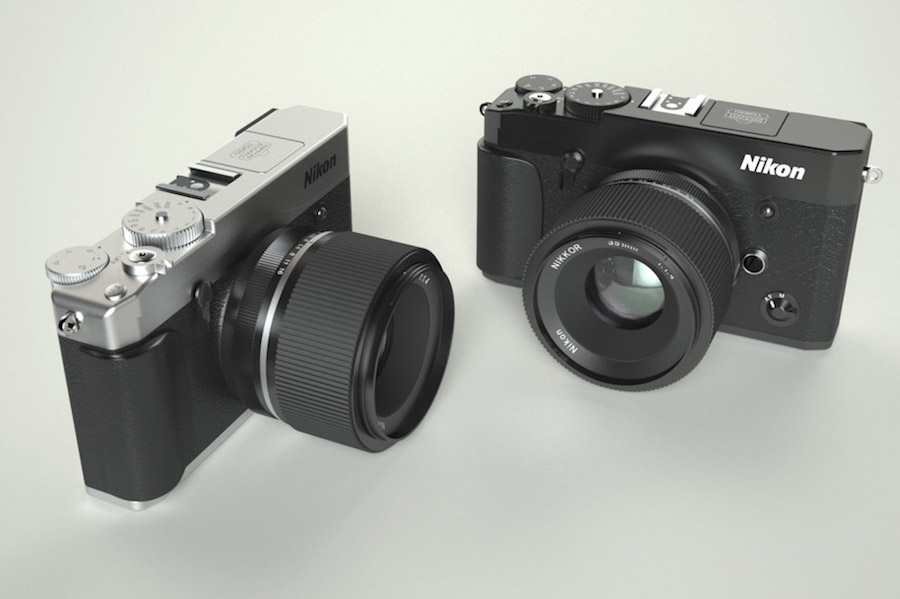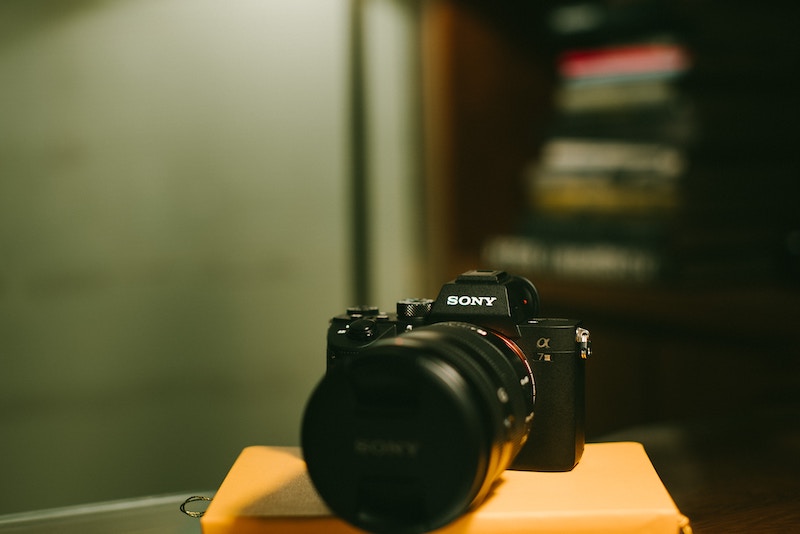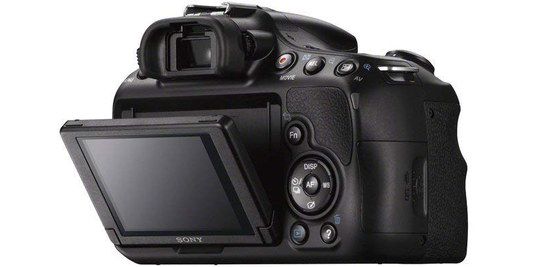

- #Full frame mirrorless cameras with excellent focusing how to
- #Full frame mirrorless cameras with excellent focusing full
- #Full frame mirrorless cameras with excellent focusing iso
- #Full frame mirrorless cameras with excellent focusing professional
LCD screen and viewfinder: Mirrorless cameras don’t have optical viewfinders like DSLRs, so they have to either make do with electronic ones, or forgo them entirely.
#Full frame mirrorless cameras with excellent focusing iso
Be warned though, just because a camera can shoot at ISO 102,400, that doesn’t mean you’ll get useable results at that setting, as high ISO settings incur a lot of image noise. The higher the top number in a camera’s ISO range, the better it can perform in low light. ISO range: A camera’s ISO range determines how high you can turn up the sensitivity of its sensor. Most modern mirrorless cameras now include this technology it will often be referred to as ‘5-axis in-camera image stabilisation’ or something similar. Image stabilisation: IBIS (which stands for in-body image stabilisation) is a key feature to help you produce shake-free shots. However, high-resolution files take up a lot of storage space, necessitating expensive hard drives or cloud subscriptions, and also require powerful processors, which means a slower, pricier camera.
#Full frame mirrorless cameras with excellent focusing full
This is great for printing, enabling you to produce fantastic images full of rich detail. Sensor resolution: The more pixels a sensor has, the more detail you get in your images. When buying a new full frame mirrorless camera, there are a few key specs to pay attention to:

#Full frame mirrorless cameras with excellent focusing how to
How to choose the best full frame mirrorless camera Before we get into the list, let’s run through the key features of full frame cameras. Photo credit: APIf you are looking for full frame on a budget, we do have a dedicated guide to the best cheap full frame cameras, which includes both DSLRs and mirrorless models. Our technical editor Andy Westlake reviewing the Nikon Z9 back in February 2022.

Sensor size has a pronounced effect on the quality of images a camera is able to capture see our guide to APS-C vs full frame sensor sizes for more on how this works. A full-frame sensor measures 24mm x 36mm, the size of a frame of 35mm film – hence the name. “Full-frame”, meanwhile, is a term used to describe the side of a camera’s imaging sensor. We have a useful DSLR vs mirrorless guide if you want to better understand the key differences between the two types of camera.
#Full frame mirrorless cameras with excellent focusing professional
Pretty much every major professional camera release since 2020 has been a mirrorless model, and this is something we can expect to continue. While this means mirrorless cameras can’t field an optical viewfinder, it makes up for it in other ways, as mirrorless cameras benefit from lighter construction and faster autofocus. A mirrorless camera is an interchangeable-lens camera that lacks the reflex mirror system you’d find in one of the best DSLRs.

While such features will hit the professional cameras first, they usually get inherited by the enthusiast and intermediate cameras down the line as manufacturers continue to bring out new models.īefore we get into this properly though, let’s quickly define a couple of terms. A lot of recent exciting features in camera technology, such as AI-powered subject-detection autofocus, have made their debut on full-frame mirrorless systems. With all the major manufacturers making their mirrorless systems their number-one priority, this is where the real action is happening in terms of imaging tech development. If you’re looking for some of the best, most advanced and exciting digital cameras around right now, full-frame mirrorless is the right place to be. Claire Gillo and the AP team pick the best of full-frame for all budgets. The best full frame mirrorless cameras offer premium image quality.


 0 kommentar(er)
0 kommentar(er)
